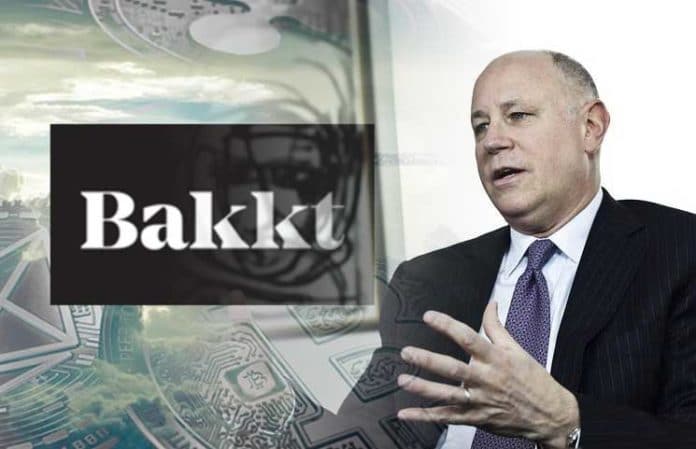Lightning Network
Bakkt platform to function as a second-layer protocol

As the Lightning Network develops, companies are looking for ways to leverage the technology. This may mean implementing the Lightning Network itself, or creating their own variant of a second-layer platform.
In arguably the biggest news for Bitcoin in 2018, exchange giant ‘Intercontinental Exchange’, announced the launch of a new company called Bakkt. Intercontinental Exchange is commonly known as the mother company of the New York Stock Exchange, among others. The company will offer services such as futures contracts, and the eventual ability to buy, sell and store crypto currencies.
How is this relevant to the Lightning Network?
As most know, the Lightning Network is a second-layer protocol. Meaning that it is tethered to Bitcoin, but functions both independently and in conjunction with the main chain at the same time. Bakkt has announced that their platform will function in a similar manner. In an interview with Fortune, Bakkt CEO Kelly Loeffler spoke of the platform stating, “Our system would operate on a layer above the blockchain, and we’d keep our own omnibus ledger apart from the blockchain.”
On the Lightning Network, when two parties open a payment channel, it remains open until closed by one of the parties. This means that the parties can complete an infinite number of transactions between themselves, and the data will not be recorded to the blockchain. The only data that is recorded to the main chain will be the final balances in their respective accounts, after their numerous transactions. This in turn removes an enormous amount of clutter and unnecessary data from being stored on the main Bitcoin chain. As a pleasant side effect, users experience increased speed and decreased fees.
The Bakkt platform is expected to attract high amounts of usage. Between the platforms many clients, there will be thousands of transactions per day. While the money remains within the platform, it can be transferred between clients, similar to opening a payment channel. Much like the Lightning Network, these transactions do not need to be recorded to the blockchain. Bakkt acts as ‘scorekeeper’, monitoring the balances of each client. It is only upon the removal or addition of funds entirely from the platform that the final balance data is recorded to the blockchain. Essentially the platform acts as a protocol operating on top of the main blockchain. Although it may act independently, it is still anchored to the main chain, benefitting from the immutability and security afforded by the Bitcoin main chain.
Bakkt first and last?
In time we will surely see many other implementations of second layer protocols. The idea is not proprietary, and not limited to the Lightning Network. It is, however, due to the progress and growth being seen in the Lightning Network that future companies will gain faith in the viability of a second layer protocol being successfully implemented.
With Ethereum developing Plasma, Bitcoin receiving Lightning, and Rootstock developing Lumino, second-layer protocols are all the rage. The phrase has been bandied about for months now. Only now are we finally seeing the tech development bear fruit.











